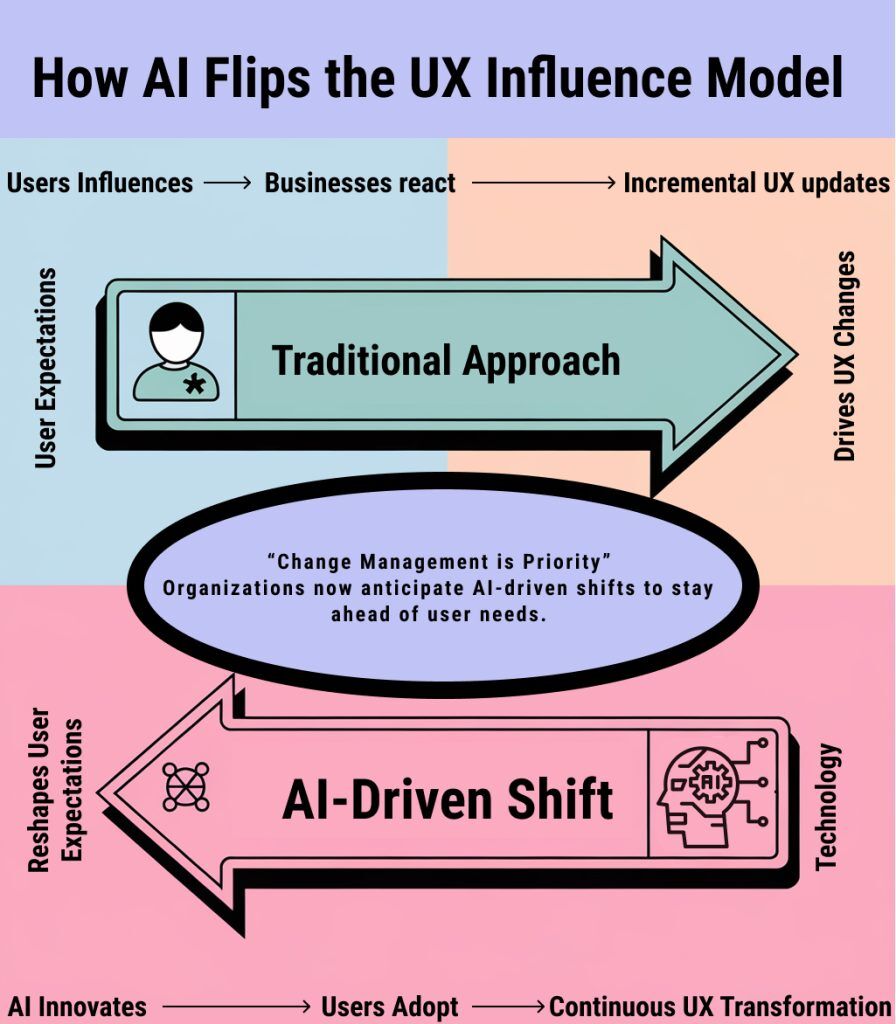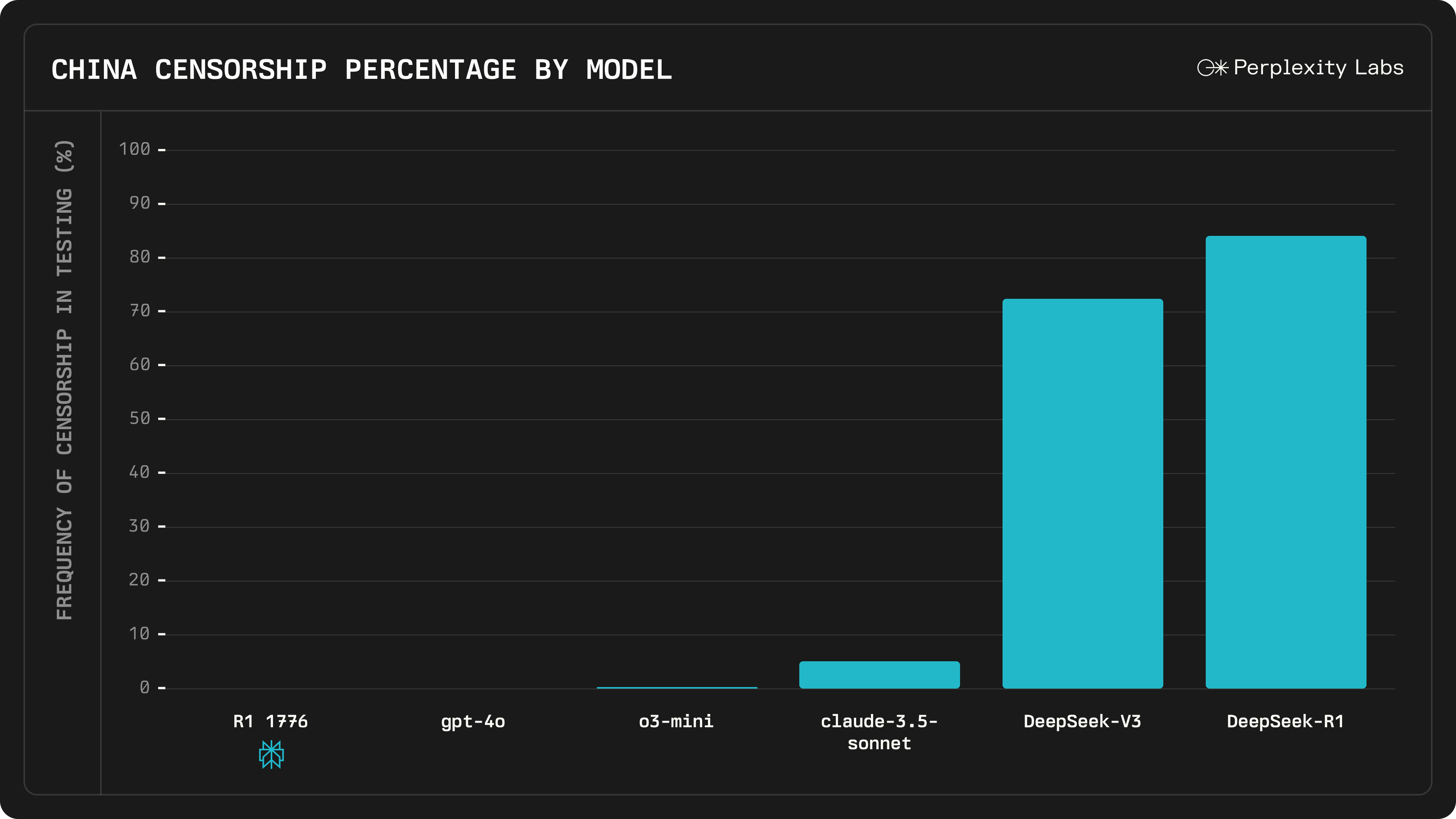The AI hype cycle exploded in 2023 with the debut of generative AI and subsequent funding injections. With it came a sense of blind AI optimism, where organizations championed the technology without a clear understanding of its ROI and practical use cases. Some merely followed the AI crowd, adopting the technology out of a fear of being left behind. Looking back, and thinking about what’s to come in 2025, has much changed with regard to AI expectations? Are we still at the stage of blind AI optimism?
In short, no. We have luckily moved farther along the maturity path. We can see the hype cycle dissipating and are progressing from blind AI optimism to proven AI optimism – or, reliable AI. The manufacturing industry, which has made tremendous strides with reliable AI, serves as a case study for this journey, and one that other industries can learn from. But before we go down that path, we have to address the real possibility of an AI bubble that is likely to burst.
Irrational AI Exuberance?
Blind AI optimism – or excitement around the newest, shiniest AI technology without a clear understanding of its implications and tangible achievements – has generated a lot of attention and capital. For instance, analysts are watching Microsoft, Meta and Amazon make sizable investments in Nvidia’s AI-powered GPUs, but there are concerns these investments will not produce the revenue gains these companies are looking for.
We are starting to see whispers of this specific AI bubble bursting. MIT economist Daron Acemoglu warned that money poured into AI infrastructure investments may not match ROI expectations for investors. People were excited about the promise of AI, but now they are starting to worry it will mirror the dot-com bubble. Such an event could trigger other investors to become more skeptical of the AI narrative and seek quicker payoff timeframes or reduce those investments. The disillusionment is bubbling up.
Make no mistake, AI is going to change the way industries work, but it won’t happen by following the shiny object. Reliable AI is quantifiable and delivers real impact, typically behind the scenes and embedded into existing processes.
So, what is an example of reliable AI that is already showing success and will stand the test of time? The manufacturing industry presents significant use cases.
Measuring Manufacturing’s Success
A leading chemical company wanted to improve efficiency and reliability in their machines to avoid unscheduled downtime and operational disruptions. They invested in an AI-powered predictive maintenance solution that equips their teams with machine health insights and recommendations to proactively address problems. They achieved 7x ROI in less than a year.
In a similar vein, one of the world’s top food and beverage companies wanted to reduce product waste and optimize their factory capacity, so they piloted AI-enabled machine monitoring at four plants. They saw capacity increase by 4,000 hours a year and a reduction in waste of more than 2 million pounds of product. The results were so impactful the pilot scaled to all of their North-American facilities.
These real-world examples demonstrate the measurable impact of reliable AI, and they line up with broader industry trends. In a recent survey of 700+ global manufacturers, the top areas for quantifying the impact of AI on business objectives were supply chain management/optimization (41%), improving decision-making with prescriptive analytics (41%), and process health/maximizing yield and capacity (40%).
The year-over-year findings reveal the true progress that was made on this journey from blind optimism to proven results. Compared to the year before, three times as many respondents are now able to quantify AI’s impact on process health and twice as many can measure its impact on unplanned machine downtime. This demonstrates that manufacturers are getting better and more comfortable with using AI, which helps them realize a more profound return on investment.
With this increased confidence, 83% of global manufacturing leaders are increasing their AI budgets – which is key to business growth and effectively visualizing and acting on factory data. So, what about other industries that are lagging in AI success? They aren’t scaling fast enough.
Slow to Scale
Up until now, manufacturers and other industry leaders have been slow to scale AI, which has hindered the speed at which we have seen meaningful results. In fact, nearly 7 in 10 (67%) business leaders are slowly adopting AI, per a tech.co report.
AI is a tool, not an outcome. There has to be a culture shift in order to realize the true benefits of these investments – it has to be more than just putting sensors on machines. Skilled labor is already hard to keep and even harder to find. The US population is aging at a faster rate with fewer people entering the workforce. Now is the time to advance reliable AI because it is essential to retaining knowledge and pushing industries forward.
Generative AI tools like ChatGPT are impressive, but the business world needs more than that. It requires purpose-built AI aimed at specific and difficult problems – and it needs results. That is where reliable AI comes in, and manufacturing has provided an impressive playbook.











